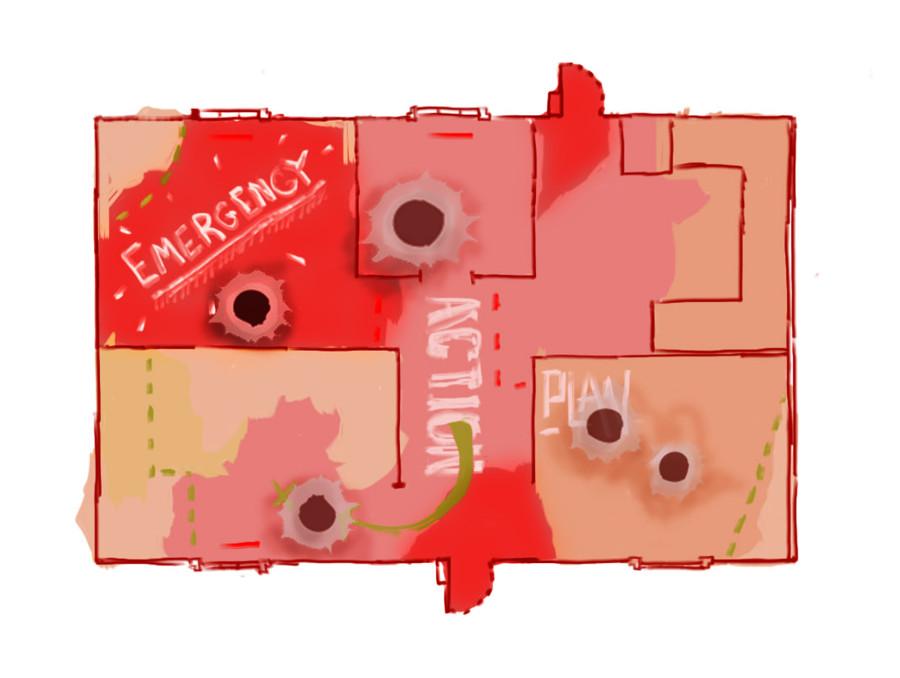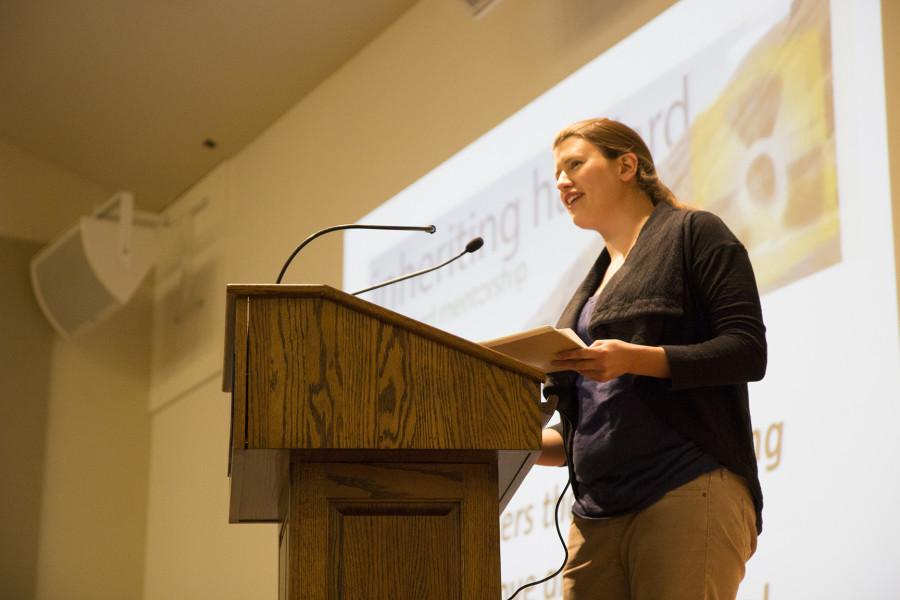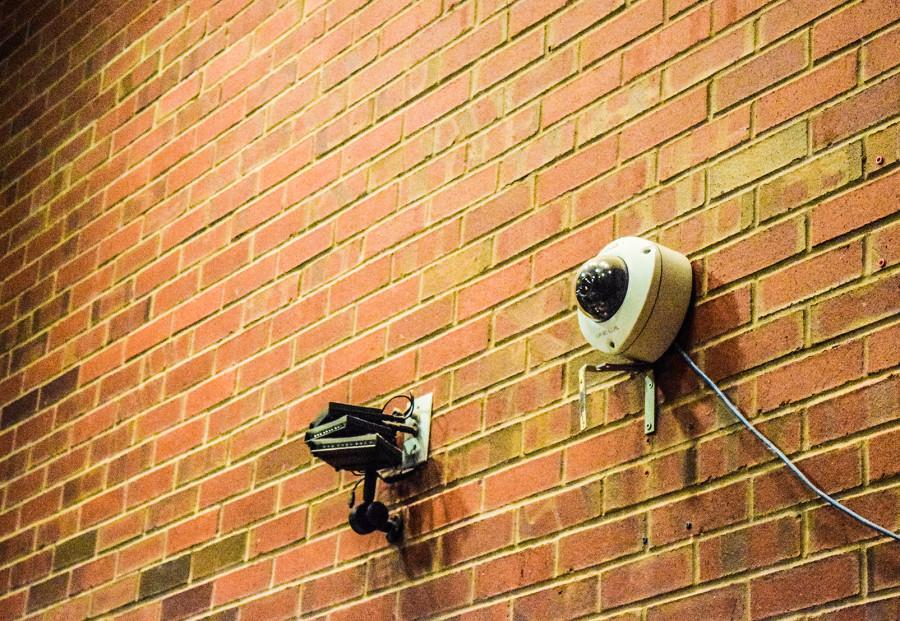As the Now Is the Time campaign approaches its conclusion, the sun is setting on one financial era of the college. President Bridges came to the college in 2005 with the intent of strengthening the college’s financial position and increasing the endowment. While the last fifteen years saw a huge increase in the college’s endowment, this increase was accompanied by equally massive increases in spending by the college and skyrocketing tuition. The result is that students continue to pay roughly the same percentage of the college’s ever-expanding budget, with growth in the endowment only managing to keep pace.
A college’s endowment is a large pool of money the college has invested in a various ways and draws on every year to help meet expenses. Colleges with larger endowments are typically able to use the greater annual returns to pay for a higher percentage of the yearly costs, shifting the source of income away from payments by students. While Whitman’s endowment has greatly increased in the past decade, partially due to the Now Is the Time fundraising campaign, the percentage of the college’s annual budget paid by the endowment has not significantly increased, as spending has risen at a similar rate.
“I can’t say I would have expected this [ten years ago],” said Chief Financial Officer and Treasurer Peter Harvey. “If we hadn’t had the big drop-off in endowment in ’08-’09––we lost about $100 million in endowment in that two year time-frame [because of the global economic recession]––I would have expected a bit more steady growth [allowing for a shift in finances].”
Liberal arts colleges across the country have engaged in an academic arms race in the past decade to provide more academic programs, greater student services, and appealing amenities to students. Whitman has embraced this pattern, and the substantial increase in its endowment has enabled it to increase its student services such as the SEC and the global studies initiative, and to hire new staff and faculty, but not taken the burden off of students.
Though the Now Is the Time campaign ends this spring, the college expects to continue to see the benefits to the endowment for some time. Some pledges made to the campaign are spread out over a five-year period, and a large percentage of the $150 million pledged in is the form of naming the college in wills, which means the college will see increases in the endowment for years to come. Administrators also hope the increased annual giving seen during the campaign will continue once official efforts and fundraising end, though whether this will be the case remains to be seen.
“A lot of the college’s resources have gone to the Now Is the Time campaign, and I think the hope is that that growth in the endowment will get us to a position where we can use our endowment to help students more,” said ASWC President Tatiana Kaehler, who served two years as a student representative on the President’s Budgetary Advisory Committee.
The Budgetary Advisory Committee provides a formal means for students, staff, and faculty to make recommendations on the college’s budget. Each year members review proposals for various members of the college for new spending, and are asked to determine how much of a priority each item should be for the college.
“When you’re faced with ‘do we do this or that?’ that’s when the crunch comes,” said Associate Professor of Politics Bruce Magnusson, who serves on the committee. “We don’t recommend a lot of major additions to the budget–those are the trade-offs [to trying to limit expenses].”
The committee does not review the college’s entire budget, due to time constraints. In addition, all recommendations made by the committee are non-binding. Final decisions about budgeting are made behind closed doors by the Board of Trustees, and the committee only sees the final budget when it is approved. Often their top recommendations for spending are met, but the Trustees may choose to approve spending not recommended by the committee or not approve items the committee endorsed.
Spending in the last decade has been distributed such that the college spends a similar percentage of its budget in each area year after year.
“There has been growth in all areas…the goal is to try and be excellent in all areas,” said Harvey.
In the past, discussions of tuition increases have often led to the suggestion that without large yearly increases, the school could not afford increases to financial aid and faculty salaries. However, as the college has increased spending across the board without placing a particular emphasis on faculty, this viewpoint has been increasingly called into question.
“When administrators frame budget issues like financial aid as a choice between raising tuition or raises for faculty, they’re presenting a false dichotomy, pitting students and faculty against each other, and closing off the hard discussions we have to have about spending priorities,” said Associate Professor of Politics Aaron Bobrow-Strain in an e-mail.
Employees are the largest source of expenditures for the college, making up over 45 percent of the college’s expenditures in typical years, and over 70 percent of the annual budget (which does not include the cost of financial aid and some long-term investments on construction). However, typically only 25 percent of spending on employees goes to the salaries of full, associate, and assistant faculty. 45 percent goes to the salaries and wages of staff and part-time faculty, while the remaining 30 percent covers top administrators’ salaries, payroll taxes, pension plans and various benefits.
“We spend money on lots of things, from beautiful grounds to critical mental health support for students, from new tennis courts to administrative staff. The number of assistant and associate deans has exploded during my ten years at Whitman. All these things may be important and necessary, but they also need to be on the table for discussion when we talk about spending priorities,” said Bobrow-Strain in an e-mail. “Framing a zero-sum trade off between faculty and students feels less like a real conversation about priorities and more like a classic management tactic of divide and conquer.”
New spending on faculty and staff has primarily gone towards hiring new employees rather than giving raises to existing ones. The average salary of faculty has stayed fairly steady over the last decade. While Whitman’s salaries remain competitive to attract new talent, the decade between 2003 and 2013 saw a net increase of only 0.7 percent for fully-tenured faculty. Meanwhile the seven highest-paid administrators saw a net increase of 7.6 percent over the decade between 2002 and 2012. The Board of Trustees sets salaries each year, relying largely on comparisons with salary increases at the college’s peer institutions.
Whitman is currently searching for a new President to take the helm of the college after George Bridges retires at the end of this year. One major challenge the new president will face is whether to form a long-term financial plan for the college, which currently has none.
As middle-class incomes have fallen across the country and tuitions continue to rise, Whitman has found itself at a difficult crossroads. While its peer institutions continue to increase spending and tuition, Whitman has begun to question how much tuition–and by extension, the college’s budget–can increase in coming decades before the cost becomes untenable.
“It’s a key priority being discussed this year. The trustees are bringing in an outside speaker, Sandy Baum, who will be talking about tuition pricing strategies and the challenges for liberal arts colleges,” said Harvey. “What will come out of that I don’t know, other than to say there are many people who share [this] concern.”
*excludes the seven highest-paid administrators











